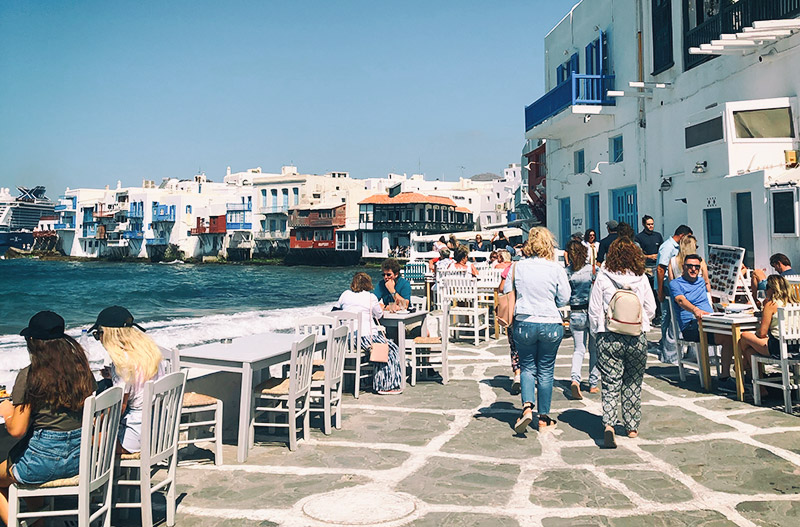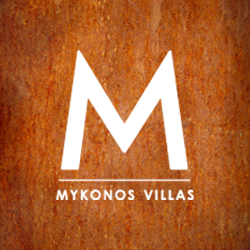Few people know much about Mykonos’s irresistible winter lifestyle. Around November, the vibrant, glittering, and explosive holiday season comes to an end, giving way to a quieter, slower, yet equally seductive way of life. This transition is seen in the warmly lit, white-washed houses of Chora, the cozy cafés, and the colorful fishing boats resting in the old harbor.
The time between the official end of summer and Christmas is short, and locals spend their days preparing for the festivities. Eating in Mykonos during the winter is a distinct experience, reflecting the island’s natural beauty and the calm, peaceful charm of indoor living. It is the perfect time to savor traditional Greek dishes made from fresh, seasonal ingredients, many of which are deeply rooted in the island’s agricultural history and culture.
The cuisine of Mykonos is heavily influenced by the sea, the land, and the unique conditions of island life, featuring fresh vegetables, dairy, meat, and fish. In winter, the menu shifts to heartier, warming dishes that incorporate preserved foods, locally grown vegetables, and aromatic flavors. Seasonal ingredients shine during this time, thanks to the island’s mild Mediterranean climate, which allows for the cultivation of fruits like oranges, lemons, and mandarins. These, along with herbs such as rosemary, thyme, and bay leaves, are often used to season stews, roasts, and other comforting dishes.
Among the variety of local delicacies, don’t miss these highlights:
- Kopanisti – A famous Mykonian spicy, soft, creamy cheese made from sheep’s milk, ideally paired with bread, olives, and meats. It’s especially popular in winter, served at festive gatherings or as an accompaniment to roasts.
- Louza – An iconic winter specialty, this cured pork is seasoned with salt, pepper, and spices, then thinly sliced and served as part of an appetizer.
- Revithada – A delicious chickpea stew simmered with onions, garlic, olive oil, lemon, and herbs, enjoyed especially during the cooler months.
- Kavourmas – Mykonos’s version of this spiced pork sausage is made with cuts like pork belly or shoulder and seasoned with garlic, fennel seeds, and cinnamon.
When Christmas arrives, it becomes a deeply familial affair, centered around the warmth of the hearth, cherished customs, and a selection of unique desserts:
- Melomakarona – Honey-soaked, oval-shaped cookies infused with orange, cinnamon, and nuts, then sprinkled with chopped walnuts. These treats are loved throughout Greece and served to guests during Christmas.
- Kourabiedes – Butter cookies dusted with powdered sugar. Made with butter, flour, and sugar, they’re often flavored with almonds or rosewater and are a Christmas staple.
- Christopsomo (or “Christ’s bread”) – A beautifully braided loaf adorned with symbolic carvings. Made with a rich, sweet dough that includes olive oil, sugar, nuts, and cinnamon, it graces the family’s table during the Christmas Eve meal.
Whether you’re indulging in a hearty winter stew, savoring the island’s iconic cheeses and cured meats, or enjoying the festive sweetness of traditional Christmas desserts, winter in Mykonos offers a culinary journey that is as authentic as it is unforgettable!







